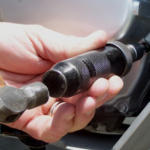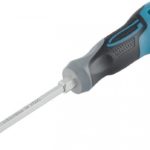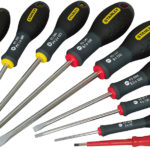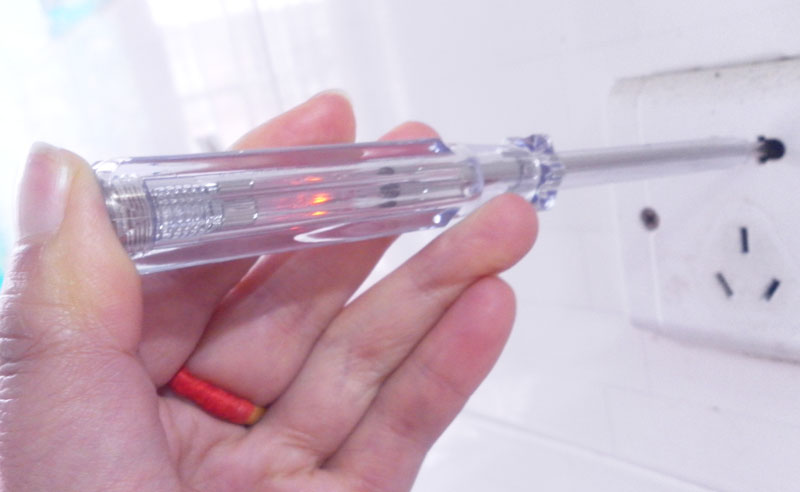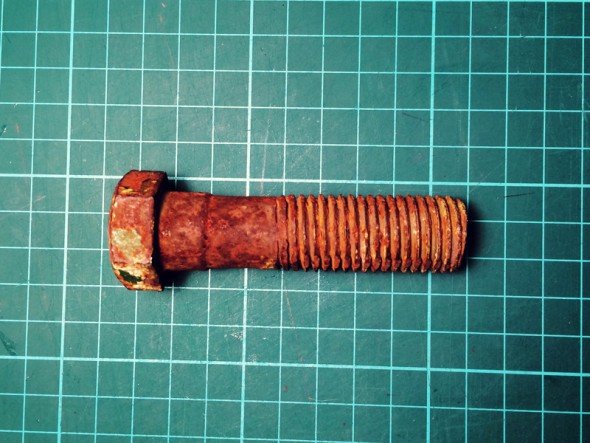What parts does a screwdriver consist of?
Every professional repairman or ordinary home craftsman has a screwdriver in his tool kit. This is a very important device, since the range of problems that it can solve is quite wide. An ordinary and even slightly primitive tool greatly simplifies the work process when unscrewing and tightening various fasteners.
Sometimes a screwdriver is used for other purposes than its intended purpose. Therefore, it is very helpful for any employee. It should be noted that there are several types of screwdrivers and if any repair work needs to be carried out, you will need to choose the right tool. This will help to avoid various inconveniences when performing assigned tasks.
Today we will talk about what the tool consists of, the principle of its operation, as well as what it comes in.
The content of the article
What is a screwdriver, what elements are included in it
A screwdriver is a special hand tool. Its purpose is to tighten and unscrew threaded fasteners (most often screws and screws). There is a slot (groove) on the head of the fastener; depending on its type, the tool is selected.
Most often, a screwdriver is a metal rod with a tip and a handle, which can be made of various materials: plastic, rubber, etc.In GOST 2938-92 you can find information that screwdrivers include some types of wrenches, for example, socket wrenches and wrenches for round nuts.
As already mentioned, a simple screwdriver consists of the following elements:
- Lever. It provides the most convenient use of the tool. The handle is made in various types: pentagonal, hexagonal, etc. An important parameter is the size of the handle.
- Kernel. It is made of metal, most often chrome vanadium alloy. The thickness and length of the rod are selected in accordance with the dimensions of the hole.
- Sting. This is the tip of the rod. The tip is selected in accordance with the shape of the slot on the fastener.
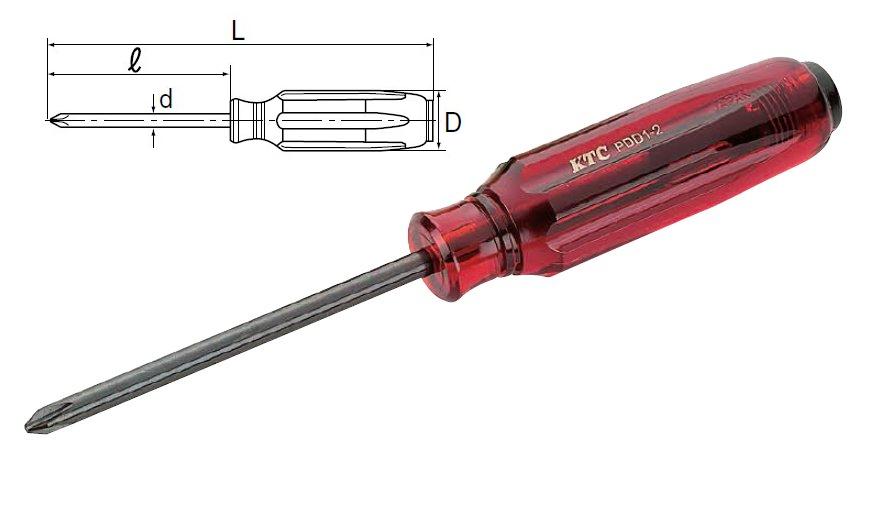
However, there are special screwdrivers that differ in appearance and structure from the classic tool. For example, reversible ones have a special mechanism on the rod that allows you to unscrew or tighten the fastener without tearing off the slot from it.
There are screwdrivers that do not have a tip at the end. Typically, such a tool has a whole set of removable tips, so it’s enough to buy one set rather than having a whole bunch of different options in the garage.
There is another type of screwdriver - an impact driver. It has a special rotating mechanism hidden in its handle, which, when striking the handle, unscrews the fastening element.
Operating principle
In order to unscrew or tighten the fastener, you must perform the following steps:
- insert the slot exactly along the grooves of the fastener;
- screw it clockwise or unscrew it counterclockwise.
If the handle has buttons to enable various functions, then you can use them.
What kind of screwdrivers are there?
There are a huge number of types of screwdrivers, and each of them performs different tasks.
We will not write much about the usual options, since everything is clear with them: the Phillips allows you to manipulate screws that have recesses in the form of a cross on the head, and the flat one unscrews and tightens screws with one straight recess.
Now let's take a closer look at special-purpose screwdrivers:
- Dielectric. Allows you to work with electrical network elements and power equipment. Feature: can withstand high voltage.
- Reversible. Thanks to a special mechanism in the handle, they allow you to work with fasteners without tearing off the tip.
- Hexagonal. They have 10 times the torque of a standard tool. Most often they are used when working with machinery and electrical appliances.
- Star-shaped. They are equipped with an asterisk at the end of the rod. This tool is used in working with electrical engineering. Thanks to this type of tip, the grooves in the fastening element are not cut off.
- Square. Equipped with a square tip.
- U-shaped. Manufactured for fasteners with two holes in the head. You can make them yourself by cutting the classic flat tip.
- Triangular. They have a triangular tip.
- One way. Such fasteners are used where it is necessary to secure additional protection. The difference between this type of fastener is that it can only be tightened, but cannot be unscrewed.
- Drums. Allows you to unscrew fasteners that are covered with rust. It is used in cases where the fastening element cannot be unscrewed with a classic screwdriver.
- With flexible shaft. Allows you to work with fasteners in tight spaces. It is used when working on cars or assembling furniture.
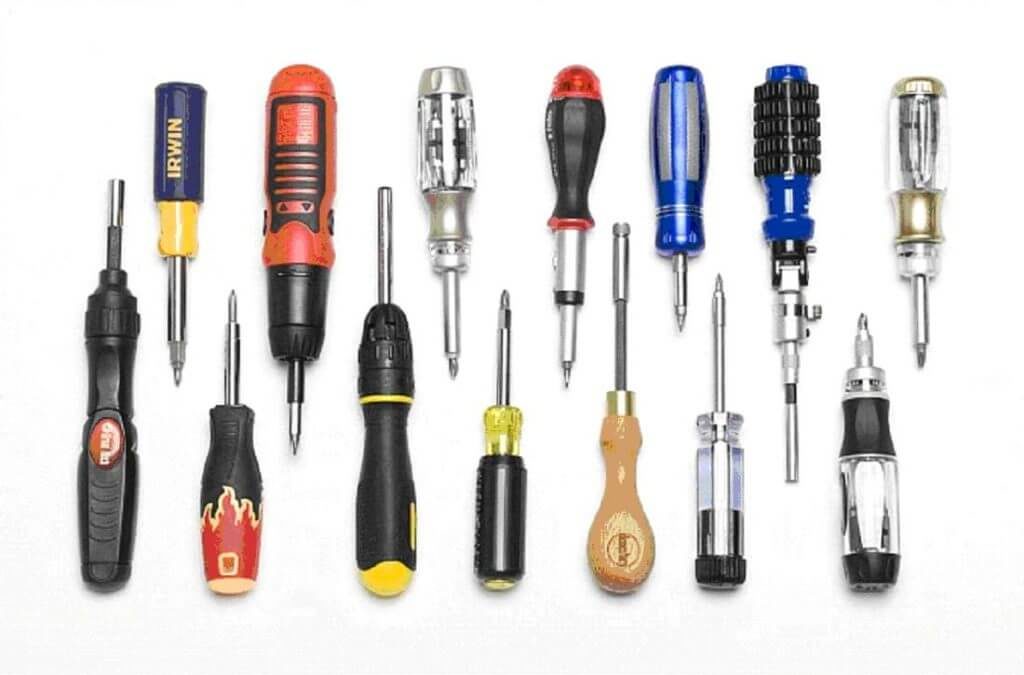
Screwdriver markings
In order for a screwdriver to accurately fit a particular fastener, you need to pay attention to its markings. In accordance with GOST, the marking “encrypts” the type of slot, the length of the rod and the numbering of the fastener.
Let's take a closer look at the markings:
- SL. Flat.
- PH. Cross.
- PZ. Cross with guide.
- HEX. Hexagonal.
- TORX. Star-shaped.
All markings are listed in more detail in the table.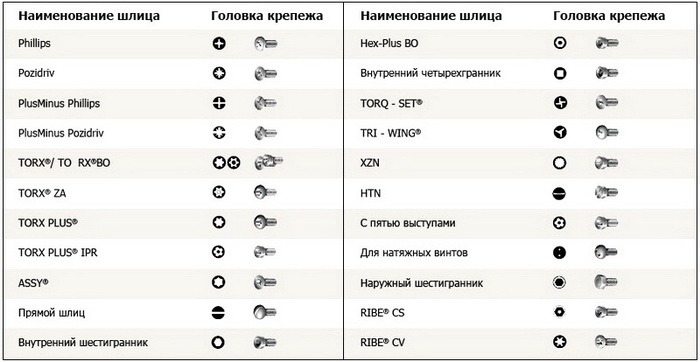
The markings may also include numbers. For example, screwdriver PH3x150. This set of letters and numbers means that it is cross-shaped, fits fasteners number 3 (5–7 millimeters), and its shaft is 15 centimeters long.

